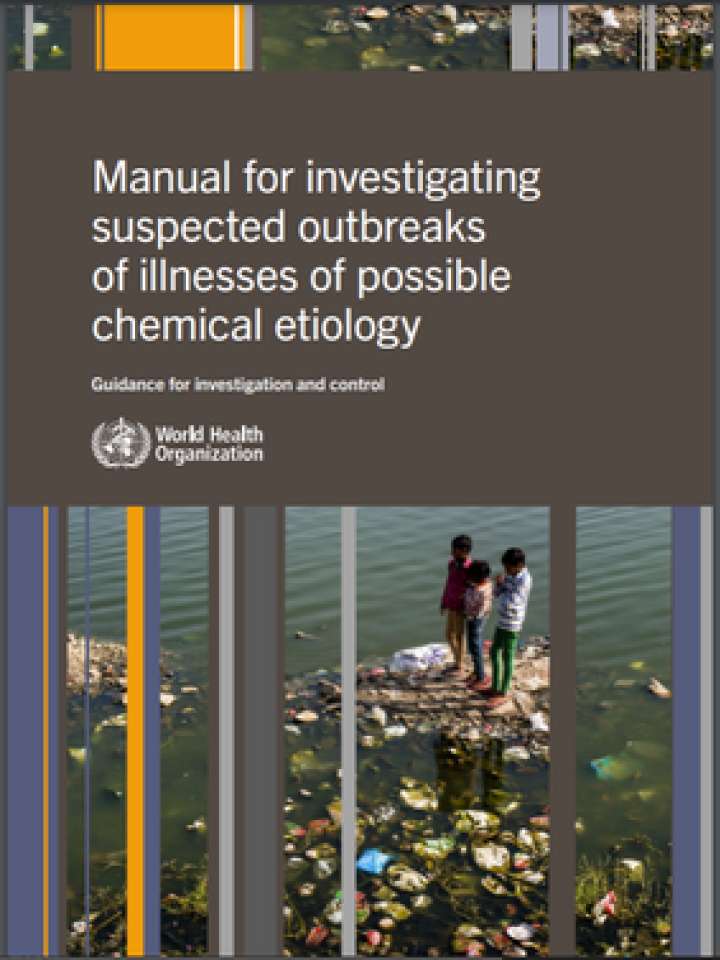Manual for investigating suspected outbreaks of illnesses of possible chemical etiology: guidance for investigation and control
This manual provides a practical, pragmatic guide for public health and allied professionals for the investigation of clusters and outbreaks in which a noncommunicable cause (in particular a chemical substance) is considered a distinct possibility. It does not cover emergency response to chemical incidents, which is described comprehensively elsewhere. The first indication of a possible chemical-related incident or event may be the reporting or presentation of a number of cases, complaints or concerns at one location, which appear to be more numerous than the expected number for the place and/or time. This is often referred to as a “cluster”, defined as “an unusual aggregation, real or perceived, of health events that are grouped together in time and space and that is reported to a public health department."
The manual has two main sections: a practical guide to investigating clusters and outbreaks and principles and concepts of investigation. Section 1 provides a pragmatic, practical approach to investigating clusters and for determining whether they constitute an outbreak of chemical etiology. Section 2 provides more detailed descriptions of the science required for the stages listed above, including planning and preparedness, environmental epidemiology, clinical and environmental science, toxicological investigation, field investigation and risk assessment, management and communication.
Explore further
